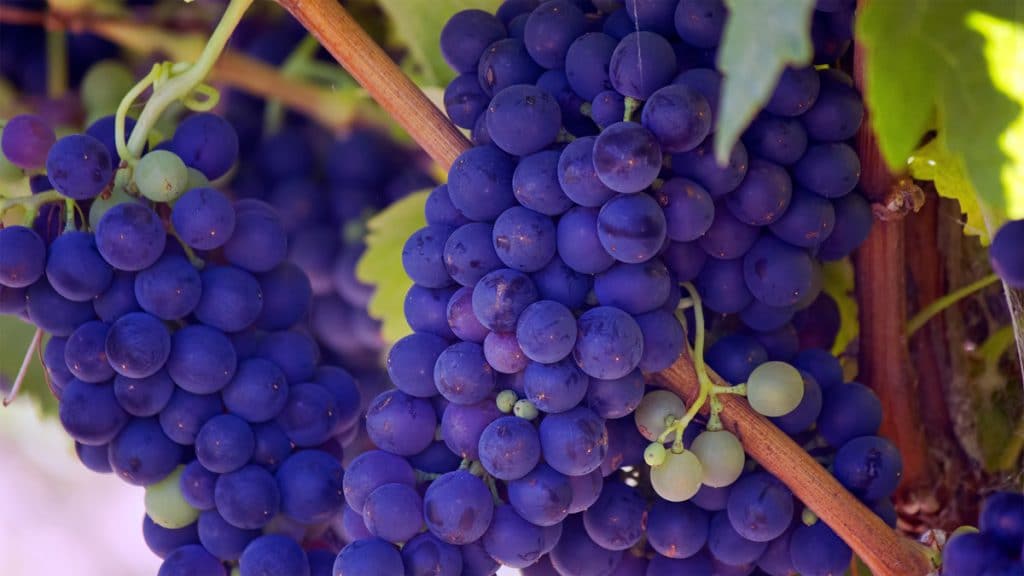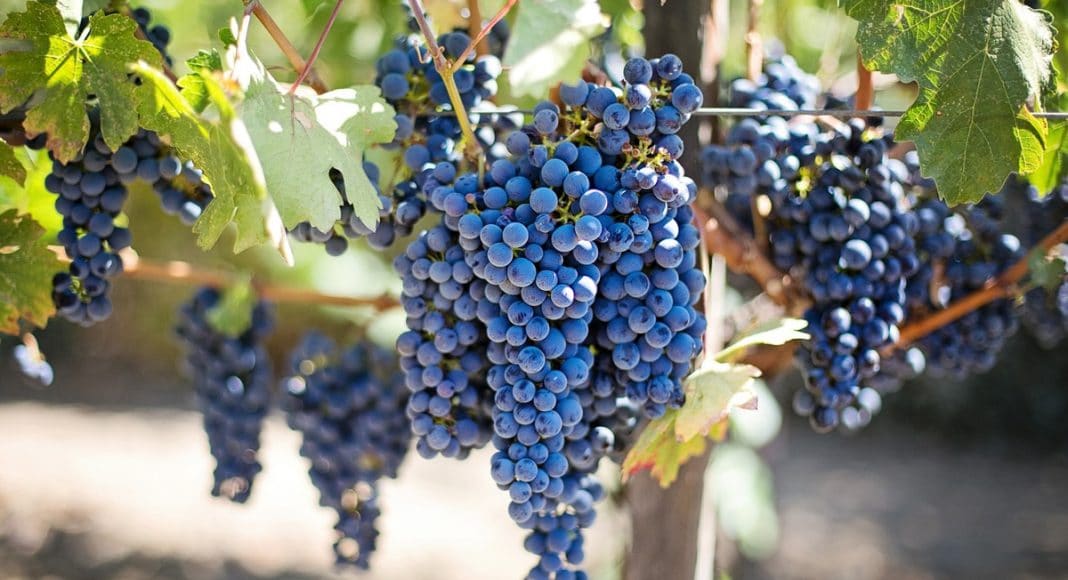Quick: name a wine region in America. Chances are, no matter where you’re from, you said “Napa Valley.” Easily the most recognizable and well-known grape-growing region in the United States, Napa has enjoyed tremendous success in both commercial and critical senses over the last several decades. Yet another reality is hard to ignore: wine from Napa is really damn expensive!
Related: Act Like You Know: 4 Key Questions to Ask Your Sommelier
So why exactly is that? Unsurprisingly, there are some simple economic reasons, and a few cultural reasons as well. Napa Valley isn’t actually all that big, and the amount of land under vine has remained fairly limited despite ever-increasing demand, mostly to protect the surrounding environment. So yeah, increase demand, hold supply constant…sounds like costs are going up. Fittingly, the per-ton price of every grape has risen dramatically over the last decade, in particular Cabernet Sauvignon, which now represents nearly half the plantings in Napa.
Related: Here’s Why You Should Be Drinking Chardonnay
That price creates its own trap, because the extraordinarily high cost of land and grapes means that the resultant wine has to earn back that investment, not to mention the costs of labor, materials, marketing, and the opulent tasting room (complete with mini-golf course or petting zoo or what-have-you) that can bring tour bus after tour bus through in a given day. The style of wine that can command that price tends to be that of ripe fruit aged in lots of new French oak and bottled at relatively high levels of alcohol. It creates something of a feedback loop: the grapes and land are expensive, and the bottles and barrels and buildings are expensive, so the price just keeps increasing. It’s gotten to the point where a winemaker can, with a straight face, talk about their $200 Napa Cabernet as a value.
Related: Here Are The Coolest Tech-Savvy Wine Gadgets Of 2017
Now, this might read as a criticism of Napa wine, but it’s not really intended that way: many of these wines are very well-made and quite delicious. It’s just that I rarely have $200 or more extra dollars just burning a hole in my pocket, and I’d kind of doubt that you do, too. (If I’m wrong, feel free to send some of that excess my way.) For those of us who want to drink good wine, but have to be a bit budget-conscious, here are a few suggestions on wines to consider that deliver nearly the same level of quality at a slightly more agreeable price point.

Bordeaux
It might seem odd to offer Bordeaux as a price-conscious alternative to Napa: after all, many of the world’s most expensive wines are from Bordeaux. Yet when you move beyond the dizzying realm of those wines, there are great wines and great values to be found, whether they’re the powerful yet lithe wines from Margaux and Pauillac, to the more generous wines of St. Emilion and Pomerol, to a host of other offerings from through the region. There’s a tremendous history of winemaking here, and whether you’re looking to spend $20, $50, or $100, you can get excellent wines at each price point.
Rioja
Many of the same factors are at play in this Spanish region as in Bordeaux, including something of a shared history: many Bordelaise winemakers relocated to this region after their vineyards were devastated by phylloxera. Even after the disease reached Spain, the style and knowhow stuck around. Made mostly from Tempranillo, these wines offer great complexity and often long aging regimens for very reasonable prices. Look for Reserva and Gran Reserva bottlings to get the best of the best.
Chile
Finding high-quality Chilean wine can be a bit of a task in much of the country, but when you can get your hands on it, you won’t be disappointed. These wines balance bold, ripe fruit with a bright acidity that’s the byproduct of the extreme elevations that the grapes are grown at. As the skill of the winemakers there continues to improve, the wines have only gotten better.
Washington State
The most direct analogue for Napa in some ways is this region some 700 miles to the north. While the state’s reputation isn’t the same, and there’s not quite as much history, Washington produces more wine than any state besides California, and several specific AVAs have received a lot of acclaim for their Cabernets (Red Mountain and the Wahluke Slope in particular). For lovers of bold, concentrated, dense, tannic Cabernet, this is a great spot to start.
Napa’s contributions to the world of wine are vast, and its success and growth ushered in a revolution in winemaking, as well as the convergence of wine and the wine lifestyle. Yet for those of us for whom Napa has always been famous, and expensive, it’s nice to know that there are some other options out there.


